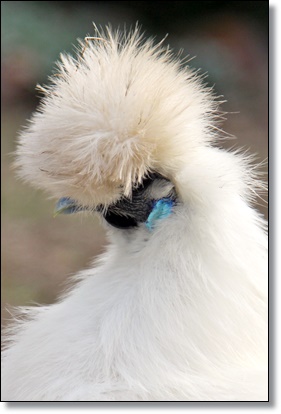Homemade Dinner Recipe for Dogs
This recipe feeds 2-3 large dogs for 7-10 days.
Grind the following ingredients in a meat grinder. Alternate
ingredients so the grinder does the mixing for you. For instance, grind six necks,
one carrot, a handful of garlic and pumpkin seeds, then six more necks and so
on. Mix with a large spoon as you grind.
Meat:
• 40 lbs of chicken neck without skins
• 10 lbs of chicken hearts
• 5-10 lbs of organic chicken livers
• 2 cans of pink salmon (optional)
Vegetables:
Can be interchanged with other vegetables and fruits (no
grapes or onions). Dogs and cats usually do not like citrus.
• 2-5 lbs carrots
• 1/2 a bunch of red cabbage
• 1 beet
• 2 apples
• 1/2 a bunch of spinach or other dark greens
Other ingredients:
• 1 cup of raw pumpkin seeds
Add a couple of the following items. Have these ready on
hand as you are grinding and add a sprinkle here and there of each so you can
thoroughly mix the batch of food.
• 9-12 raw whole eggs (optional)
• 2,000 mg of vitamin C powder
• 1/4 to 1/2 cup of Thorvin kelp powder
• 1/4 cup of tumeric powder
• 1/2 to 1 cup of dried parsley
• 1/2 to 1 cup of dried oregano
• 1/2 cup of extra virgin olive oil
• 1/4 cup of tahini
• 1/4 cup of raw honey
After grinding and mixing all ingredients thoroughly, keep
the food in a sealed container in the refrigerator.
Midsummer Farm Homemade Fish-Based Dog Dinner
(The below recipe is for 1 medium dog for 3 days, about 10
1-cup-size meatballs) This recipe can be made in larger batches for efficiency
sake. This raw food can easily be frozen in meatball shapes appropriate for the
size animals you are feeding.
Serving Sizes of Raw Meatballs:
• For a large 50-100 pound dog – three to five 1-cup-size
meatballs per day
• For a 20-40 pound dog - two or three 1-cup-size meatballs
per day
• For a 1-10 pound dog – one to two 1/2-cup-size meatballs
per day
*Remember – this is a concentrated and efficient food source
and is power packed. You won’t have to feed as much bulk-wise as with a
commercial food; most commercial foods have a lot of fillers.
Ingredients
• 2 pounds of Frozen Fish Fillets. I like to use an oily
fish like Mackerel or Whiting.
• 1-2 cans of Alaskan Wild Pink Salmon
• 1/4 - 1/2 pound of Beef Liver
• 1-3 Eggs (optional)
• 2 cups of Chopped Veggies (can be any combination of
carrots, cabbage, broccoli, cooked squash, green beans, cooked yams, apples,
berries, kale, spinach). Do NOT use onions or grapes of any kind.
• 1/2 cup of Pepitas (shelled pumpkin seeds)
• 2 tbsp Honey
• 2 tbsp Dried Parsley
• 2 tbsp Dried Oregano
• 2 tbsp Tumeric Powder
• 2 tbsp Thorvin Kelp Powder
• Optional: 1 cup of cooked oatmeal, barley, or brown rice
Directions:
Alternate putting frozen (still frozen grind much easier),
liver, vegetables, garlic, and seeds through a meat grinder. As you grind into
a big bowl, add and mix in the canned salmon, eggs, honey, dried herbs,
powdered kelp.
Keep in a well-sealed container in fridge. Scoop out
appropriate amounts for your pet, or if you made a very large batch that is
more than can be consumed in about 5 days, roll into meal-sized meatballs and
freeze. Then you can just take out whatever number meatballs you need and defrost
them a couple days before you need to feed them. Meatballs will last at least 3
months in the freezer.




















































